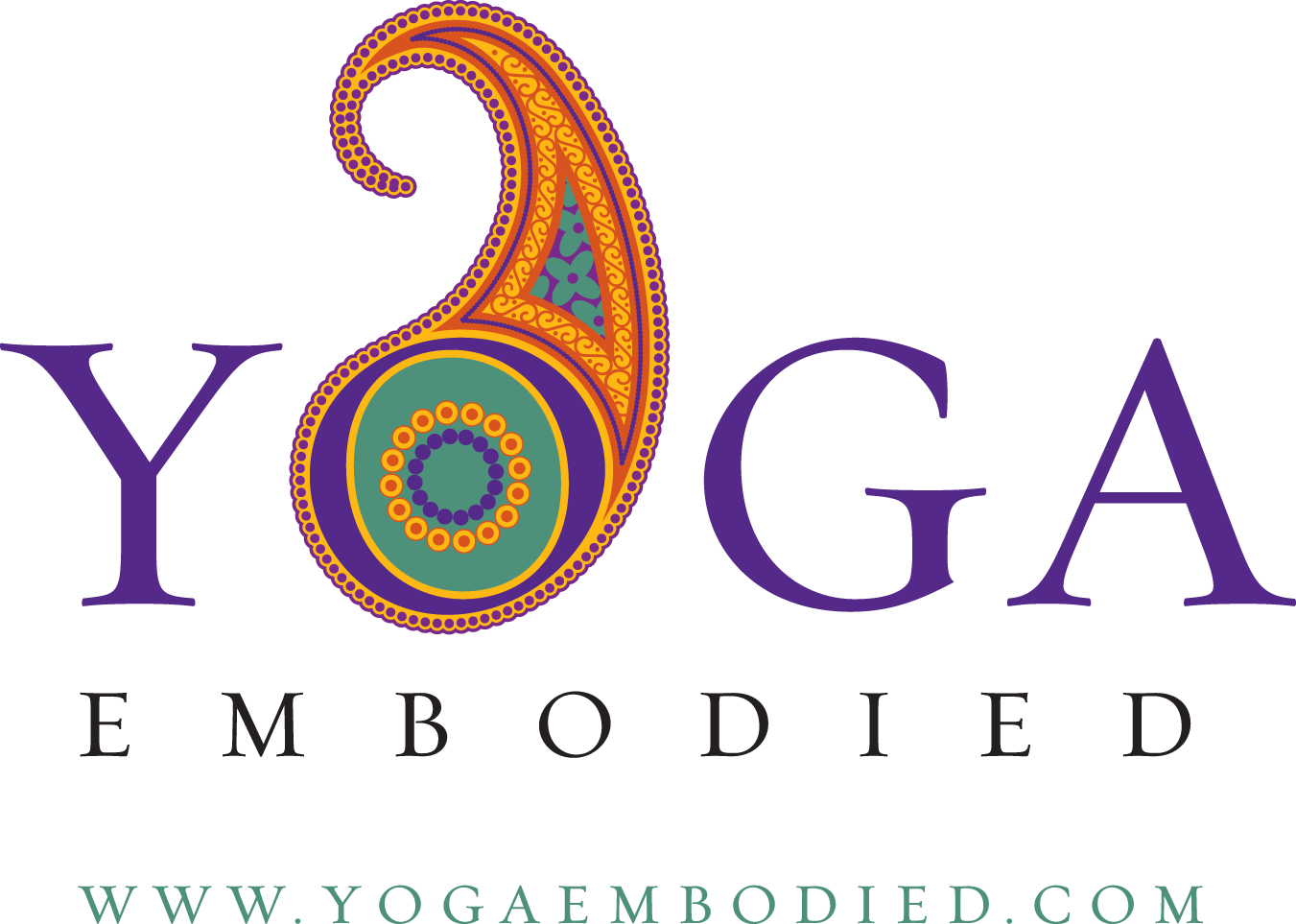Finding your pelvic power
Finding your pelvic power
How strong are your pelvic floor muscles? And when did you last exercise them?
It was probably not included in your training programme at the gym, nor discussed in your HIIT class or circuit training. Possibly just alluded to in a yoga class as the mulabandha (which the teacher never explained).
We very rarely discuss the pelvic floor.
I am very fascinated by these amazing muscles. They hold and support our posture including our core. They support our pelvic organs including the bladder and reproductive system. And the pelvic floor muscles including the pubococcygeus muscle, or PC muscle, for both men and women are part of our orgasmic muscles too. So why don’t we know more about them?
Looking at advertisements on the television and in magazines it almost seem normal that women will have some kind of bladder weakness (incontinence). One brand (of pads for urinary incontinence) suggests 1 in 4 women suffer with stress incontinence. This is supported by statistics from Patient.info. But most likely more people suffer. Now, this is just one of the issues a weak or tense pelvic floor may contribute to.
But why use pads when we can support, strengthen and create flexibility in our pelvic floor*?
The pelvic floor muscles can be weak simply because we never engaged with them. Or due to bad posture, sitting down a lot (especially towards the tailbone), pregnancy and childbirth…
They can also be super toned if we have a very strong asthanga yoga practise where we engage the mulabandha strongly, if we are ballet dancers or an equestrian. In this case they might be so tight that we can not relax them which can also become a problem. Think of a tight hulk-like bodybuilder – but in the pelvis.
Perhaps this is where we hold tension. Like tight shoulders we can have a tight pelvic floor simply because it tightens when we are stressed or get upset.
We need to learn to distinguish if our pelvis floor is hyper- or hypotonic – too tight or too weak. This is why not everyone should kegel and why we need to get to know our own body. I am teaching this in depth in the Sacred Pelvis online course – you can have a look here.
How to engage with our pelvic floor muscles
Simply start to become aware of them.
I am currently trying out the new ELVIE product which is an inspiration and fun way to practise pelvic floor exercises for women. You simply insert the egg shaped pod into the vagina and it connect via bluetooth to your smart phone. And then the fun begins. It is a (very personal) trainer: it will detect if you engage the muscles properly (some of us bear down instead of lifting in and up!), there are various exercises/games to help you engage and relax with longer holds or pulsations.
You will notice how strongly you can engage when you are in different positions: e.g. anatomically your pelvic floor draws in slightly when standing rather than sitting. Or if you get a laughing fit like me you realise just how much we use those magic muscles.
Speak to your trainer/yoga teacher/pilates teacher – they will all have suggestions on how you can enhance your practise by using the pelvic floor.
Join my online Sacred Pelvis course for more videos, audios and written education + practises on the pelvic bowl here.
The practise below is an exploration of the pelvic floor.
If you have any concerns at all please visit your health practitioner. There are physiotherapists, osteopaths and other practitioners who are specialised in internal examinations. This is useful for general awareness and specifically if you have any health concerns.
Now, I could go on about the powerful pelvis but for now…
Enjoy and have fun.
Anja
* again not all issues can be solved by exercise and relaxation. Please visit your health practitioner if you have any concerns at all.
